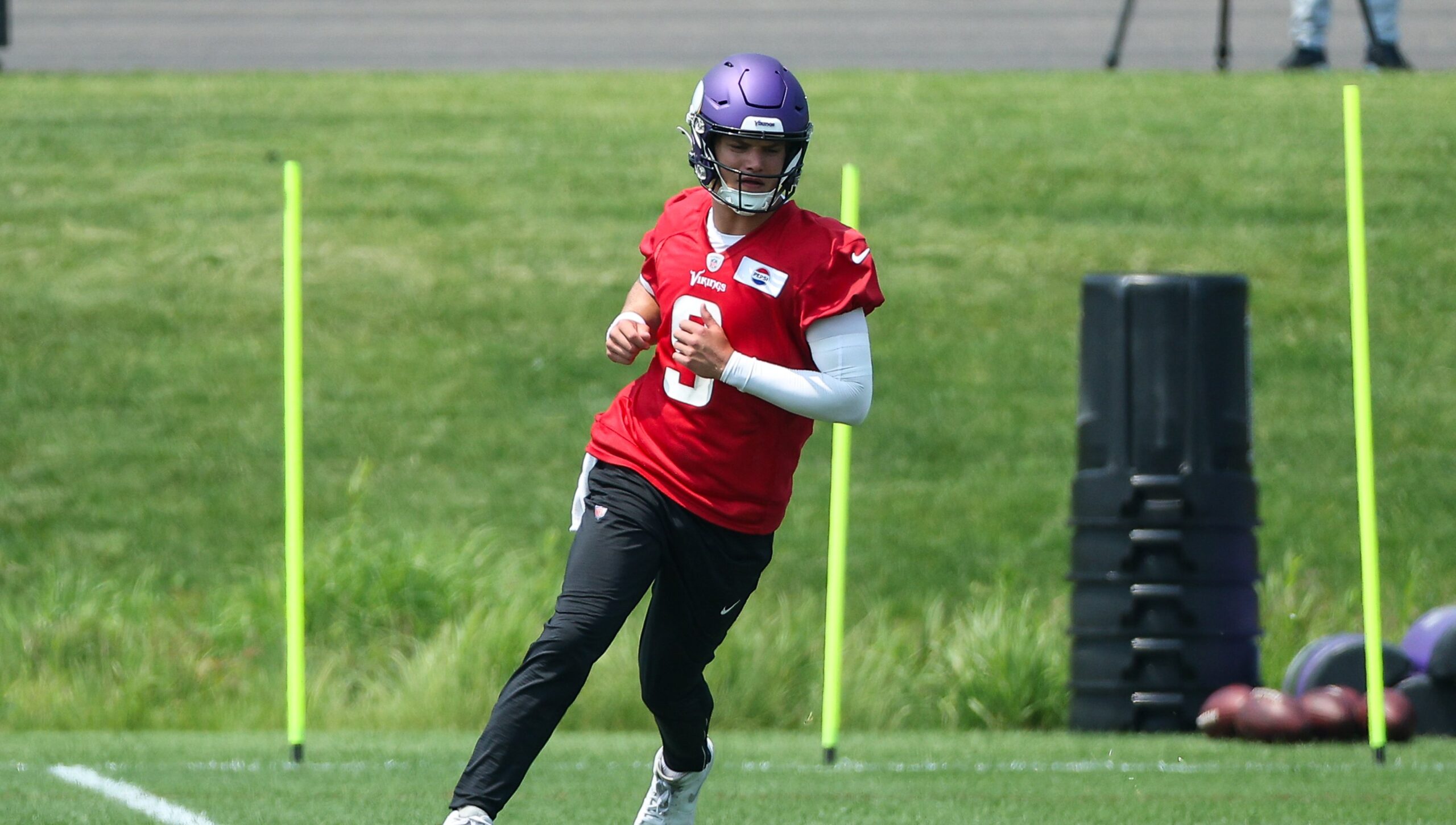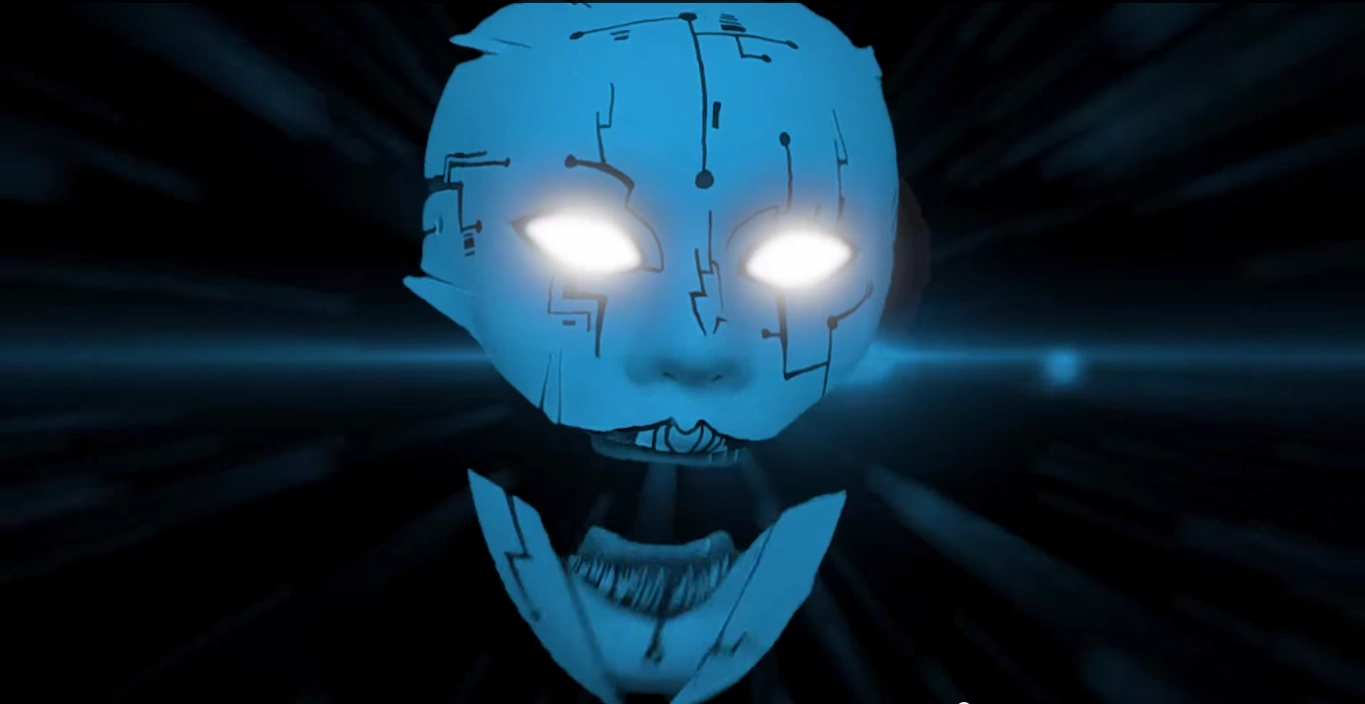The “Talkie Controversy” refers to the heated debates, challenges, and revolutionary changes that arose when the film industry transitioned from silent films to sound films—commonly known as “talkies”—in the late 1920s and early 1930s. This era marked one of the most transformative periods in cinematic history, fundamentally altering how films were made, viewed, and appreciated. While it introduced groundbreaking technological innovations, the shift to talkies was also met with resistance, confusion, and upheaval among filmmakers, actors, and audiences alike.
This article dives deep into the origins, impact, and long-lasting consequences of the talkie controversy, exploring how it reshaped the world of cinema forever.
What Sparked the Talkie Revolution?
Before the advent of talkies, films were silent, accompanied by live orchestras, pianists, or sound effects created on-site during screenings. Silent cinema relied heavily on visual storytelling, with exaggerated acting, intertitles (dialogue or exposition text displayed on screen), and expressive imagery. The era gave rise to stars like Charlie Chaplin, Buster Keaton, and Mary Pickford, who became icons through their unparalleled ability to convey emotion without uttering a single word.
The transition began with the invention of synchronized sound systems such as the Vitaphone, which allowed audio to be played alongside film reels. Warner Bros., one of the major studios at the time, took a significant leap by producing “The Jazz Singer” in 1927. While primarily a silent film, it featured synchronized dialogue and musical sequences, including the iconic line, “You ain’t heard nothin’ yet.” The massive success of The Jazz Singer marked the beginning of the talkie era and the decline of silent cinema.
Why Was There a Controversy?
While the innovation of sound was undeniably revolutionary, the introduction of talkies caused a cultural and industrial upheaval. Here are some of the main reasons behind the talkie controversy:
1. Technological Challenges
The early sound technology presented significant challenges to filmmakers. Synchronizing sound with picture was far from seamless, and the cumbersome recording equipment restricted camera movements, making films visually static. The noise created by cameras themselves often interfered with the recording, forcing directors to rethink their techniques.
Microphones of the time were primitive and highly sensitive, leading to awkward sound quality. Actors had to stay near hidden microphones, limiting their ability to move naturally. These technical limitations created frustration among filmmakers who felt constrained by the new format.
2. Impact on Silent Film Stars
The transition to sound posed a serious threat to many silent film stars. Some actors, who had built their careers on physical expression and visual charisma, struggled with delivering dialogue convincingly. Others had voices that were deemed unsuitable for the screen—whether due to heavy accents, high-pitched tones, or weak vocal projection.
For example, John Gilbert, a major silent-era heartthrob, experienced a decline in popularity when audiences found his voice incompatible with his romantic image. On the other hand, some stars, such as Greta Garbo, successfully made the transition, but many saw their careers abruptly end.
3. Cultural Resistance
Audiences initially resisted the change, with some preferring the artistry of silent films over the novelty of sound. Silent films had a universal appeal, as they relied on visuals rather than language, making them accessible to international audiences. Talkies, however, introduced linguistic barriers, limiting their global reach.
Critics of the time argued that talkies detracted from the poetic and artistic quality of silent cinema, reducing films to mere “recorded plays” or theatrical performances. They feared that the emphasis on dialogue would overshadow the visual storytelling that had defined the medium.
4. Financial Implications
For film studios, the shift to sound required a massive financial investment. They had to retrofit theaters with sound systems, upgrade film equipment, and train staff in the new technology. Smaller studios and independent filmmakers struggled to keep up with these demands, leading to a consolidation of power among the major studios.
Additionally, international filmmakers faced challenges in adapting to sound. Dubbing and subtitling were still in their infancy, making it difficult for foreign-language films to compete with Hollywood productions.
How Did the Industry Adapt?
Despite the initial resistance and challenges, the industry eventually adapted to talkies, ushering in a new era of filmmaking. Here’s how the transition unfolded:
1. Technological Advancements
As sound technology improved, many of the early limitations were overcome. Soundproof camera booths, directional microphones, and post-production sound editing allowed for greater flexibility in filmmaking. By the early 1930s, films became more polished and sophisticated in their use of sound.
2. Rise of New Stars
The talkie era gave rise to a new generation of actors who excelled in delivering dialogue and utilizing their voices as tools for performance. Stars like Clark Gable, Katharine Hepburn, and James Cagney became iconic figures in the sound era, setting a new standard for screen acting.
3. Development of Musical Films
The advent of sound opened the door to musicals, a genre that quickly gained popularity. Films like 42nd Street (1933) and Top Hat (1935) captivated audiences with their elaborate song-and-dance sequences, showcasing the potential of synchronized sound as a storytelling device.
4. Evolution of Storytelling
Sound allowed for more complex narratives, as dialogue and sound effects added depth to character development and plot. Genres like crime dramas, romantic comedies, and horror thrived in the talkie era, expanding the scope of cinematic storytelling.
What Were the Long-Term Impacts of the Talkie Revolution?
The talkie revolution not only reshaped the film industry but also left a lasting impact on global culture. Some of the key long-term effects include:
1. Global Dominance of Hollywood
The United States emerged as the leader in sound film production, cementing Hollywood’s status as the epicenter of the global film industry. The technical and creative advancements made during this period established Hollywood as a powerhouse that continues to influence cinema worldwide.
2. Standardization of Film Production
The transition to sound led to the development of standardized filmmaking practices, including sound mixing, dialogue recording, and scoring. These practices became essential components of modern cinema.
3. Preservation Challenges
Ironically, the shift to sound created preservation challenges for silent films. Many silent-era films were discarded or neglected, as studios focused on producing talkies. As a result, a significant portion of early cinema history has been lost.
4. Cultural Shifts in Storytelling
The talkie era introduced realism and naturalism into cinema, as dialogue allowed characters to express themselves in more relatable ways. This shift influenced other art forms, including theater, radio, and literature, shaping 20th-century storytelling as a whole.
Why Does the Talkie Controversy Still Matter?
The talkie controversy remains a fascinating chapter in film history because it highlights the tension between tradition and innovation. It serves as a reminder that technological advancements, while disruptive, often lead to new creative possibilities and artistic growth. The challenges faced during this transition period also underscore the resilience of artists and filmmakers in adapting to change.
In today’s world, where digital technology and streaming platforms are reshaping the entertainment industry, the talkie controversy offers valuable lessons about the opportunities and challenges of innovation. It invites us to consider how current shifts in technology might redefine the way we create and consume art.
Conclusion
The talkie controversy was more than a technological shift—it was a cultural upheaval that forever altered the trajectory of cinema. While it initially faced resistance and skepticism, the introduction of sound ultimately enriched the art of filmmaking, paving the way for new genres, stars, and storytelling techniques. By reflecting on this transformative period, we gain a deeper appreciation for the resilience of the film industry and its ability to evolve in the face of change. The talkie controversy remains a testament to the power of innovation to shape not only art but also the way we experience the world.




